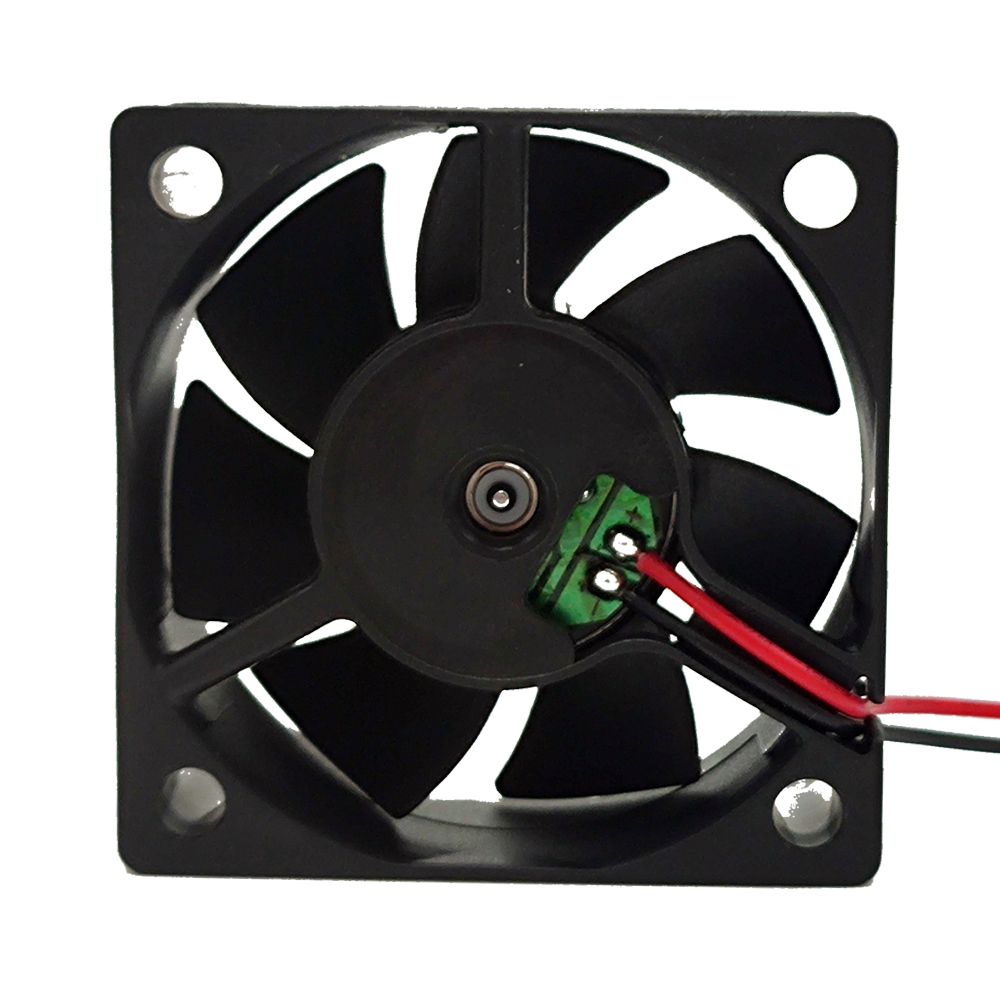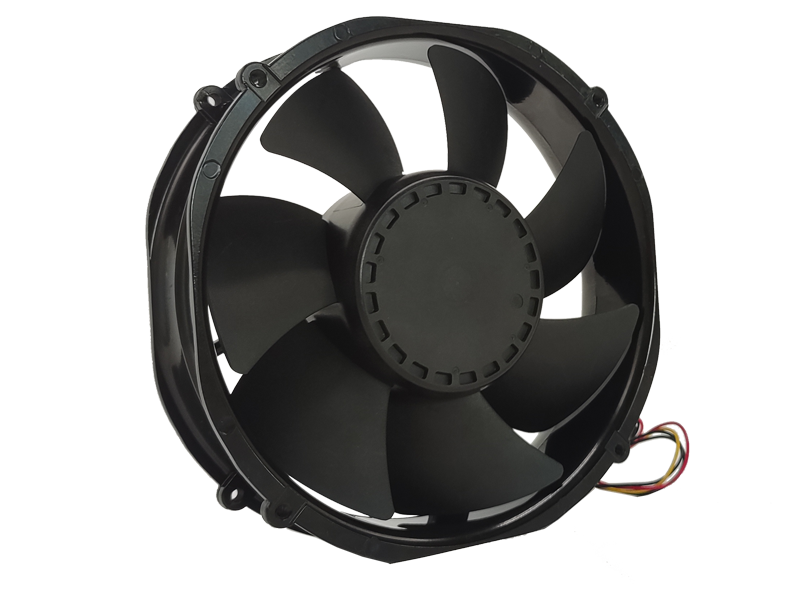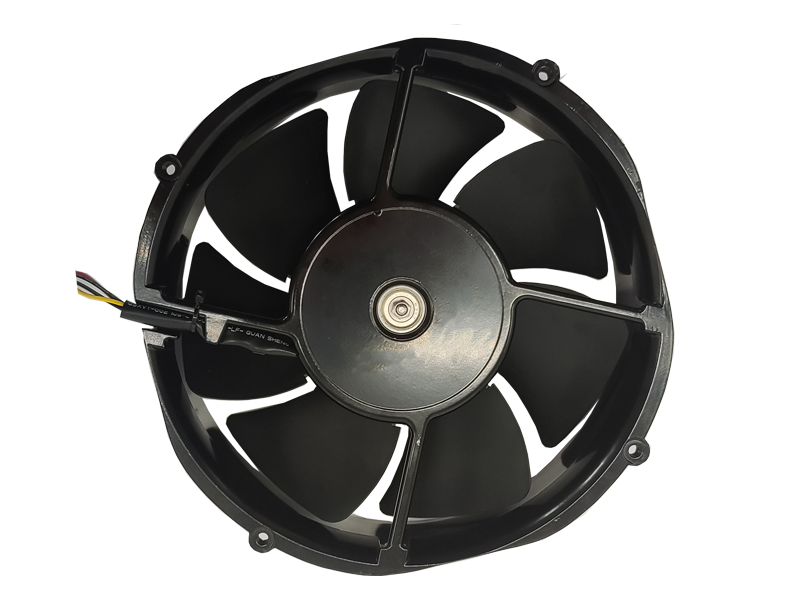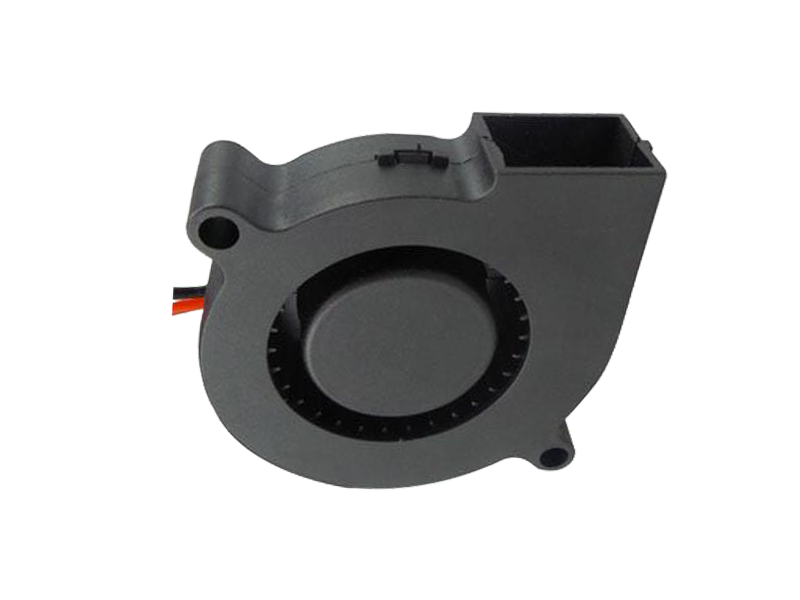In industrial settings, selecting the right fan is more than just about moving air; it’s about optimizing energy use, ensuring safety, and maintaining a productive environment. Industrial fans are crucial in sectors such as manufacturing, warehousing, and chemical processing, but with so many different types of fans on the market, it can be challenging to determine which one is best suited for your particular application.
This article will dive into the process of selecting industrial fans, focusing on the various product aspects you should consider when making a purchase. By understanding these factors, businesses can ensure they select the right fan for their needs, maximizing both operational efficiency and long-term cost savings.
Understanding the Basics of Industrial Fans
Before delving into the factors that influence fan selection, it’s important to understand the core function of an industrial fan. Industrial fans are mechanical devices used to circulate air or other gases in large spaces. They play a critical role in a variety of applications, including cooling, ventilation, dust removal, and controlling air pressure.
Fans are typically classified by their method of airflow: axial or centrifugal. Axial fans move air parallel to the axis of rotation, whereas centrifugal fans move air at a right angle to the axis. Each design serves different operational requirements, and selecting the right one can make a significant difference in performance.
Factors to Consider When Choosing an Industrial Fan
1. Fan Type and Design
The type of fan you choose will depend on the needs of your specific application. As mentioned earlier, axial and centrifugal fans each have distinct characteristics:
Axial Fans: Best for applications that require high airflow with relatively low pressure. These are often used in general ventilation and cooling processes, where large volumes of air need to be moved.
Centrifugal Fans: Ideal for applications that demand higher pressure or when the air must travel through a long ducting system. They are often used for ventilation systems, dust extraction, and fume control.
The design of the fan also matters. Some fans are designed to handle specific tasks, such as high temperatures or exposure to chemicals, while others might be optimized for quiet operation or high airflow capacity.
2. Fan Capacity and Airflow Requirements
When selecting an industrial fan, understanding your airflow needs is crucial. Too little airflow can result in poor ventilation and overheating of equipment, while too much airflow can be wasteful and increase energy consumption. The airflow capacity of a fan is typically measured in cubic feet per minute (CFM) or cubic meters per hour (m³/h).
To determine the required airflow for your application, consider the size of the space, the type of work being done, and the amount of heat generated by equipment. Consulting with a professional or using airflow calculation tools can help you determine the right fan capacity for your needs.

3. Energy Efficiency and Cost Considerations
Industrial fans are often used continuously or for long hours, which makes energy efficiency an important factor to consider when selecting a fan. Fans with energy-efficient motors or advanced control systems can significantly reduce electricity costs.
Look for fans that meet energy standards, such as those with Variable Frequency Drives (VFDs), which can adjust the fan’s speed based on current needs. Additionally, investing in energy-efficient fans can help businesses comply with energy regulations and reduce their overall carbon footprint.
4. Maintenance and Durability
Maintenance plays a significant role in the long-term performance and reliability of industrial fans. Fans are often exposed to harsh conditions, including high heat, dust, and chemicals. Therefore, durability is an important consideration.
Choose a fan that is built to withstand the conditions of your work environment. Look for features such as corrosion-resistant coatings or materials, as well as self-lubricating bearings or easy access for maintenance.
Conclusion
Selecting the right industrial fan for your application requires a careful understanding of your operational needs, energy requirements, and the durability of the product. By considering factors such as fan type, airflow capacity, energy efficiency, and maintenance, businesses can make a well-informed choice that supports long-term operational efficiency and cost savings.
As industrial fan technology continues to evolve, new innovations such as smart controls, noise reduction features, and eco-friendly designs are helping businesses improve efficiency while reducing their environmental impact. By staying updated on these developments, companies can ensure their fan systems are optimized for both performance and sustainability.
Recommended Products

The main purpose:Car charging station

The main purpose:Car charging station

The main purpose:Electronic refrigerators, water dispensers, direct drinking machines, inverter power supplies
Address:No. 4137, Longgang Avenue (Henggang Section), Henggang Community, Henggang Street, Longgang District, Shenzhen
hotline:13530005572(Chen)15112579390(Li)


Welcome all friends to come for consultation and negotiation.
Copyright 2024 @ Shenzhen Youneng Xinyuan Electronics Co., Ltd.,(industrial fans,industrial blowers,axial fans,cooling fans manufacturer,centrifugal fans,ac cooling fans,dc cooling fans)